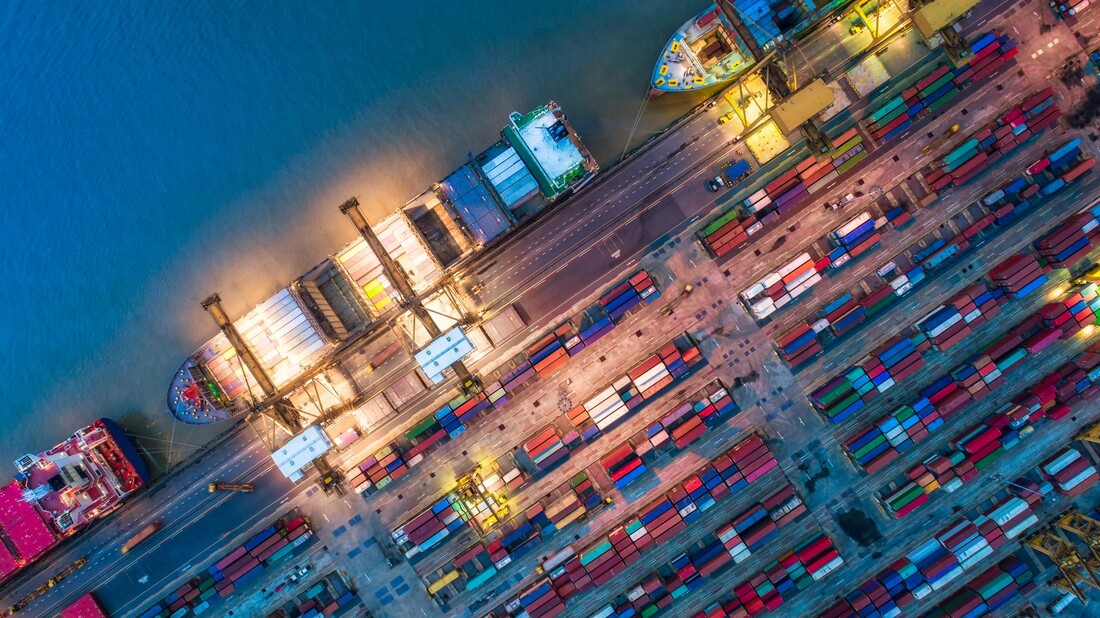|
TradeMoves presents our new bi-monthly blog series This Time in Trade where we look at current events over the previous two months to present the key developments in trade policy that are impacting our clients and US exporters more generally. This first edition covers the major policy developments that transpired from October through the first week in December. It has been a very busy couple of months in trade policy. We examine the latest developments in the US-China trade war, the opening of a new exclusion process for US Section 301 List 4A tariffs on imports from China, the ratification process of the United States-Mexico-Canada Agreement (USMCA), the escalating Transatlantic trade fight between the United States and the European Union (EU), and the US-Japan trade deal.
Comments are closed.
|
|





